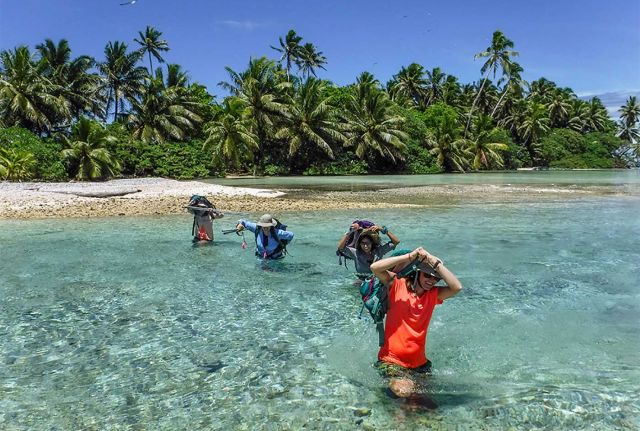Study shows 5,000 percent increase in native trees on rat-free Palmyra Atoll
New research published in PLoS ONE this week demonstrates dramatic positive benefits for native trees following rat removal at Palmyra Atoll, a magnificent National Wildlife Refuge and natural research laboratory located about 1000 miles south of Hawaii.

In one of only a few studies of its kind, scientists measured the effects of rat removal on the tropical Pisonia grandis forest at Palmyra Atoll, which provides critical seabird nesting habitat. Before removal, no seedlings of native Pisonia grandis trees were found in research plots. Immediately following removal of invasive rats, seedlings proliferated and plots had an average of 8 seedlings per square meter. For five native tree species, including Pisonia grandis, fewer than 150 seedlings were counted in the presence of rats, and more than 7700 seedlings were counted five years after rats were removed.
Lead scientist Coral Wolf from Island Conservation said: "Once rats were gone, changes became immediately apparent. We were so excited to walk into a forest stand of towering Pisonia trees and find a mat of tiny seedlings carpeting the forest floor—something that hadn't been observed at Palmyra in recent decades as far as we know."
Palmyra's tropical rainforest also provides important habitat for a native gecko, insects, crabs and other rare species. Pisonia grandis forests are reported to be in decline globally.